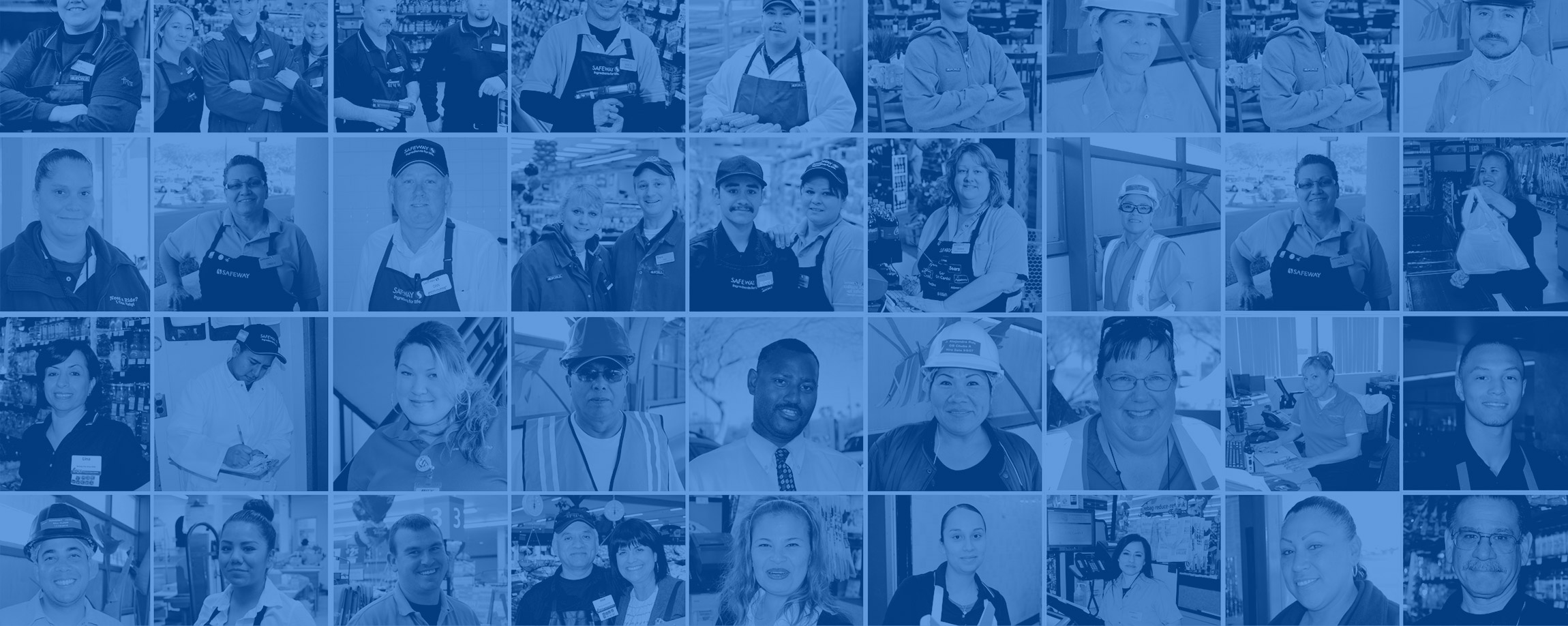
By Priya Krishna
Source: The New York Times
Josh Roberts didn’t think twice about taking out a loan to pay for groceries. It was early in the pandemic, and he was making $16.50 an hour working for a technology company in Cincinnati while supporting his sister and her girlfriend.
“We were just not making enough to live,” he said.
So he started buying groceries online using a virtual credit card from Klarna, a “buy now, pay later” service that allowed him to break payments into smaller installments that could be made over several weeks, with no interest.
Soon Mr. Roberts, 30, was regularly spending beyond his means on food — chicken breasts, bananas, chips, cereal. He fell behind on payments, and ended up owing more than $1,000 to Klarna, an estimated $100 of it in late fees. He already had about $11,000 in student debt, and another $2,000 in unpaid medical bills.
